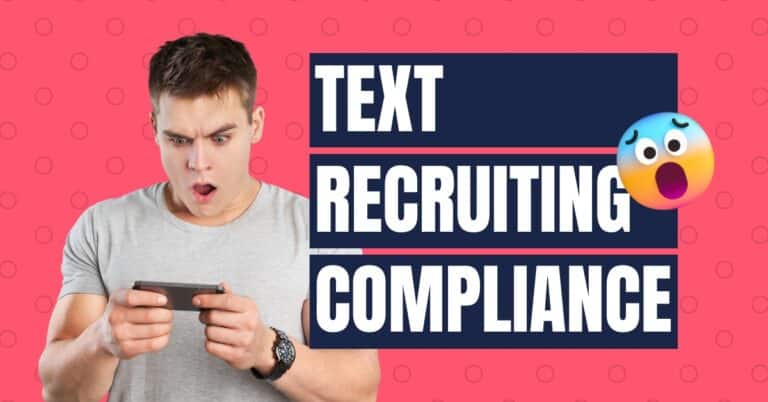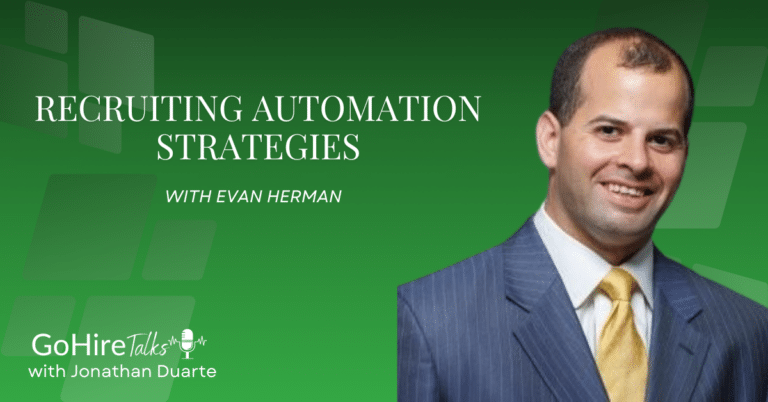Virtual Recruitment: Ensuring Inclusivity in a Remote World
In today’s evolving job market, [...]
GoHire Post and Resources
By: Kellie Mitchell Bubeck, Copilevitz & Canter, LLC, November 2018As millennials move away [...]
Yoga in HR and Talent AcquisitionIn this engaging episode, of GoHire Talks, we welcome Jessica [...]
In our latest interview, we sat down with Jessica Miller-Merrell, also known as Jess, a leading [...]
Recruiting in today’s environment can be challenging, but using creative recruiting ideas to [...]
Recruiters are expected to have recruiting superpowers to manage the workload, and the large number [...]
In this interview, Evan Herman and Jonathan Duarte, CEO of GoHire, discuss recruiting automation [...]
https://youtu.be/aAfx1OpQKEsThis video interview features Evan Herman, a full-cycle recruiter and [...]
Are Candidates Ghosting You?
Or Are You Not Communicating With [...]









